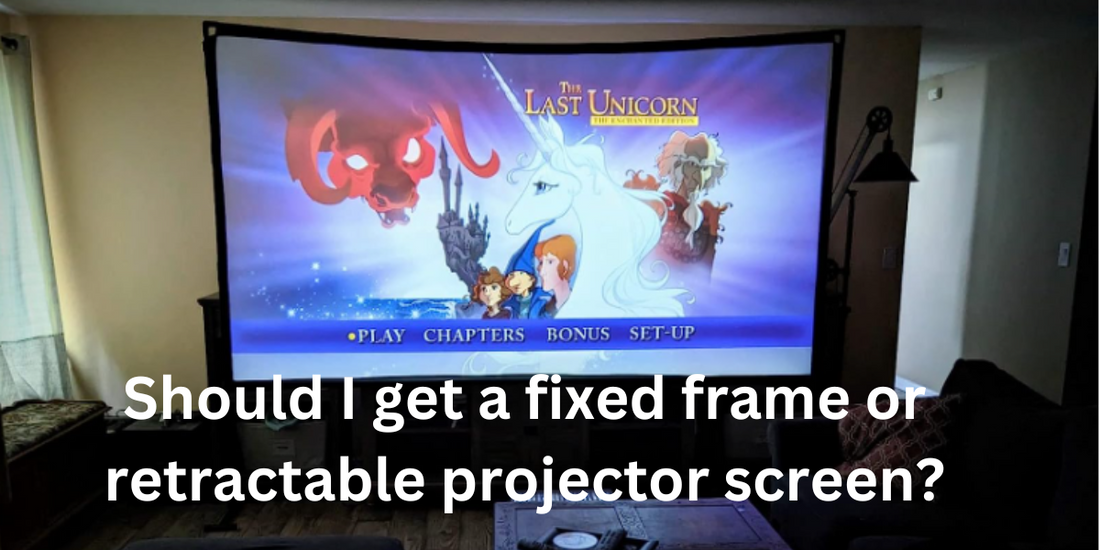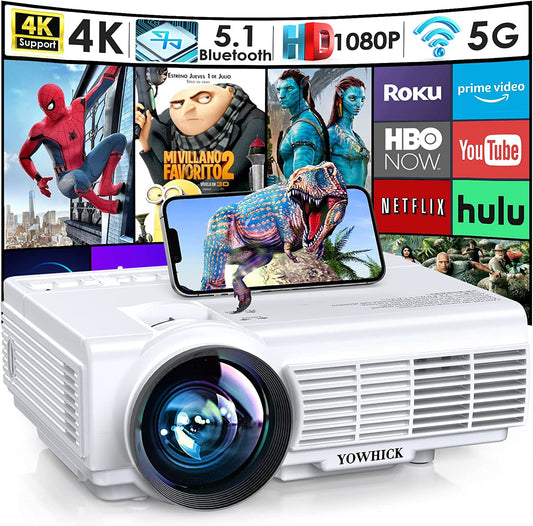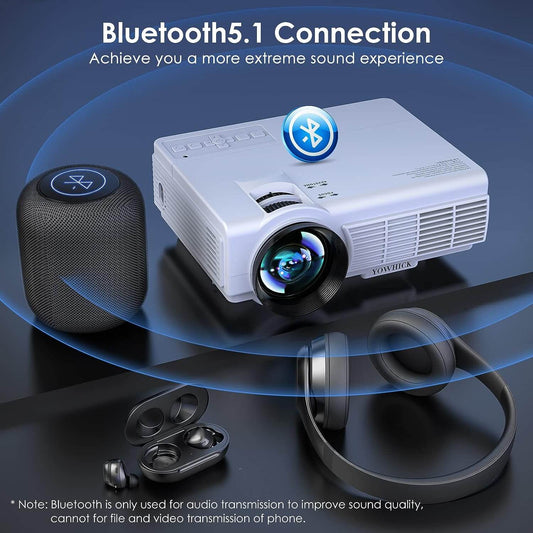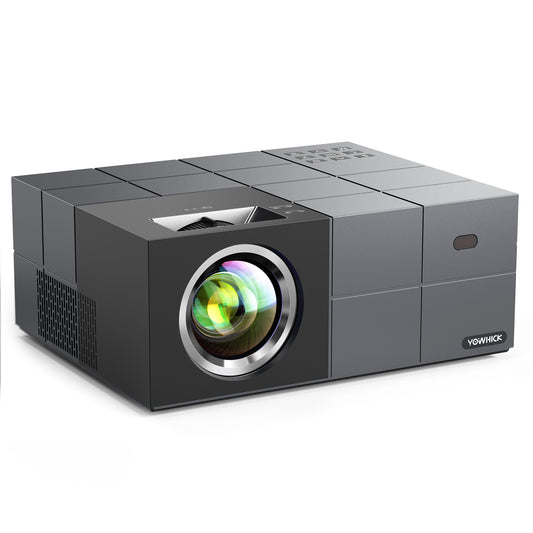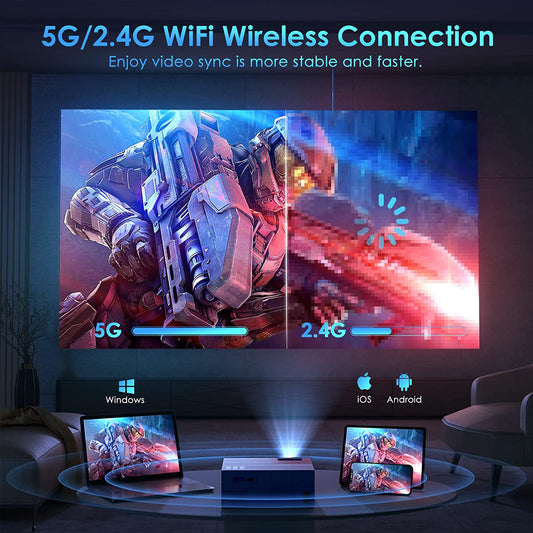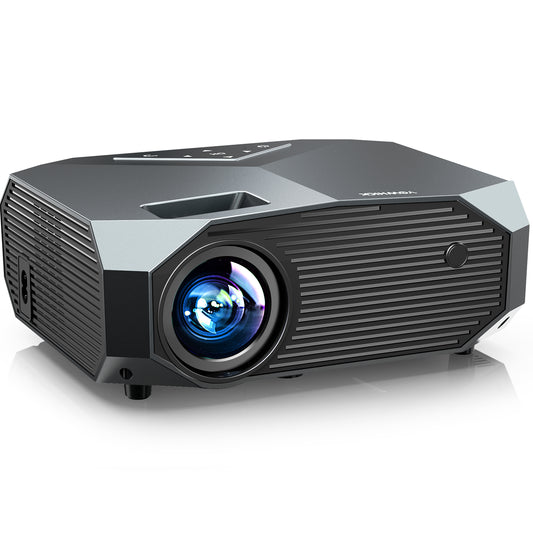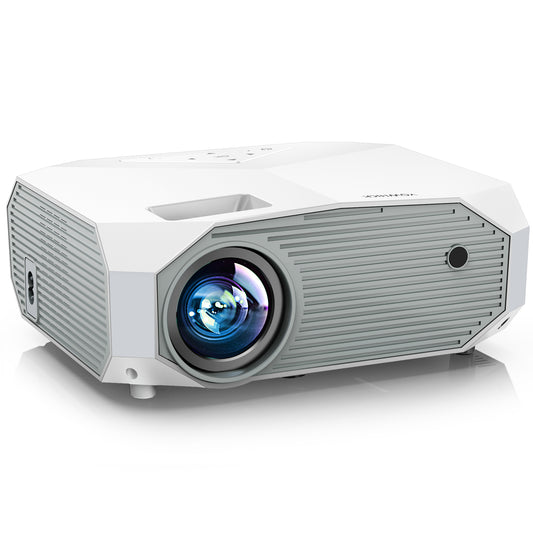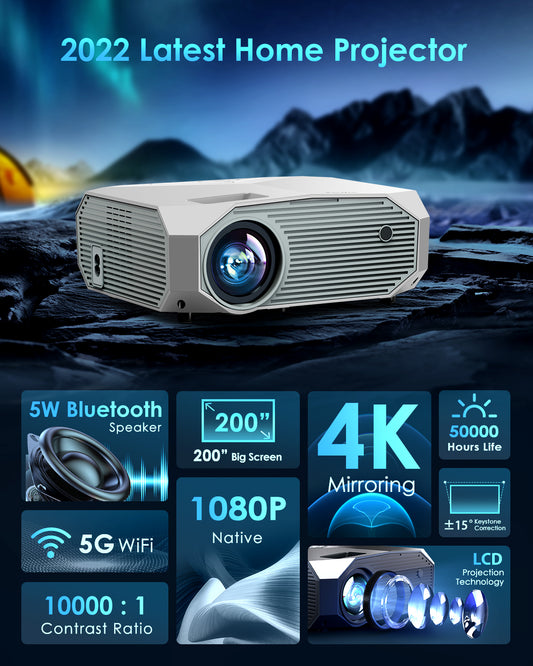Choosing the right projector screen is crucial for creating an immersive and visually stunning viewing experience. When it comes to selecting a projector screen, one of the primary decisions to make is whether to opt for a fixed frame or a retractable screen. Both options have their advantages and considerations. In this article, we will explore the differences between fixed frame and retractable projector screens, helping you determine which type is best suited for your specific needs and viewing environment.
Understanding Fixed Frame Projector Screens
Fixed frame projector screens are designed to provide a dedicated and permanent projection surface. Let's delve into the characteristics and benefits of fixed frame screens:
Design and Stability
Fixed frame projector screens feature a rigid frame that is permanently mounted to the wall or ceiling. This design ensures a flat and taut projection surface, free from wrinkles or waves. The stable frame holds the screen securely in place, eliminating any potential for screen movement or distortion during projection.
Image Quality
Fixed frame screens are known for their exceptional image quality. The tensioned surface allows for optimal light reflection, providing a uniform and seamless viewing experience. The absence of any retractable mechanisms or rolling mechanisms ensures that the screen surface remains undisturbed, resulting in enhanced image clarity and sharpness.
Aesthetics and Immersion
Fixed frame projector screens offer a sleek and professional appearance. With their slim bezels and flush-mounted design, these screens seamlessly blend into the room's decor, creating a cinematic ambiance. The absence of any visible creases or wrinkles further enhances the visual appeal, allowing viewers to fully immerse themselves in the projected content.
Exploring Retractable Projector Screens
Retractable projector screens, also known as motorized screens, offer versatility and convenience. Let's examine the key features and benefits of retractable screens:
Flexibility and Space Efficiency
Retractable projector screens are designed to be easily rolled up and concealed when not in use. This feature allows for flexible usage of the space where the screen is installed. With the press of a button or remote control, the screen can be effortlessly lowered or raised, providing a clear projection surface when needed and maximizing the available space in the room.
Easy Installation and Portability
Retractable screens are relatively easy to install compared to fixed frame screens. They come with mounting brackets or hardware that can be easily attached to the wall or ceiling. Additionally, their portable nature allows for screen relocation, making them a suitable option for those who frequently change their viewing environments or require a screen that can be used in multiple locations.
Concealment and Protection
One of the significant advantages of retractable screens is their ability to be discreetly stored when not in use. By retracting the screen, it can be safely protected from potential damage, dust, or accidental spills. This feature is particularly valuable in multipurpose rooms or spaces where the screen needs to be hidden when not in projection mode.
Factors to Consider in Choosing Between Fixed Frame and Retractable Screens
To determine whether a fixed frame or retractable projector screen is more suitable for your needs, consider the following factors:
Intended Usage and Space
Evaluate the intended usage of the projector screen and the space where it will be installed. Fixed frame screens are ideal for dedicated home theaters or spaces where a permanent projection surface is desired. Retractable screens, on the other hand, are more versatile and adaptable to multipurpose rooms or locations where the screen needs to be concealed when not in use.
Image Quality and Stability
Consider the importance of image quality and stability. If you prioritize a flawless and uniform projection surface with excellent image clarity, a fixed frame screen is likely the better choice. The tensioned surface and stable frame of a fixed frame screen ensure consistent image quality and eliminate the possibility of screen movement or distortion. However, if convenience and flexibility are higher priorities, a retractable screen provides the advantage of easy concealment and portability.
Room Aesthetics
Take into account the aesthetics of the room where the projector screen will be installed. Fixed frame screens offer a sleek and professional appearance, with slim bezels and a flush-mounted design that seamlessly integrates with the room's decor. Retractable screens, on the other hand, can be neatly rolled up and hidden, providing a cleaner and less obtrusive look when not in use.
Installation and Maintenance
Consider the installation process and maintenance requirements. Fixed frame screens require more involved installation due to their mounting and tensioning systems. Once installed, they typically require minimal maintenance. Retractable screens are easier to install and can be quickly set up or taken down as needed. However, they may require occasional maintenance of the motorized mechanism or screen fabric.
Budget
Evaluate your budget for the projector screen. Generally, fixed frame screens tend to be more expensive due to their construction and higher-quality materials. Retractable screens, while still available in various price ranges, often offer a more budget-friendly option.
Conclusion
The decision between a fixed frame and a retractable projector screen depends on your specific needs, intended usage, space constraints, and aesthetic preferences. Fixed frame screens offer superior image quality, stability, and a sleek appearance, making them ideal for dedicated home theaters or spaces where a permanent projection surface is desired. Retractable screens provide flexibility, easy concealment, and portability, making them suitable for multipurpose rooms or locations where the screen needs to be hidden when not in use. Consider the factors mentioned above to make an informed decision and choose the projector screen that best aligns with your requirements and enhances your viewing experience.

